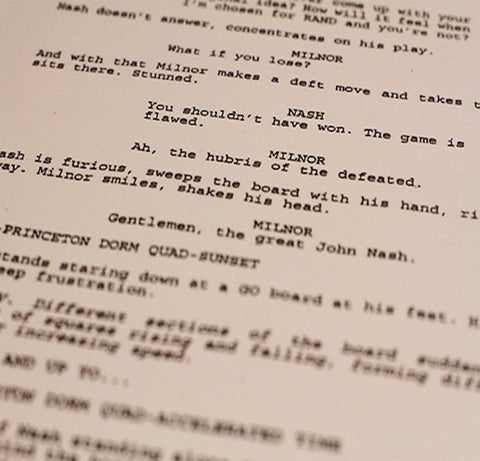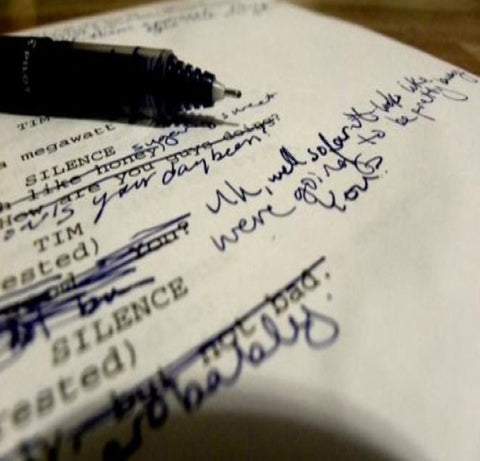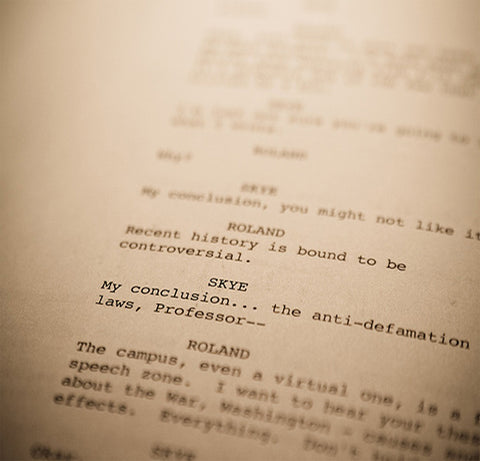
EFFICIENT STORYTELLING
I recently had the pleasure of seeing The Road Warrior (aka Mad Max 2) on the big screen for the first time. This film is wonderful for a variety of reason, not least of which is it’s a set-up that’s so high concept it established its own sub-genre.
The other thing that stands out is the ruthless efficiency of its storytelling.
We open with a voiceover telling us about the world. This is essentially a car chase movie, so we cut to a car chase in media res; we’re immediately delivering the goods. At the end of the chase, Max finds a truck. We sting the introduction of the truck with a scary beat with a corpse.
The chase has cost Max fuel; he’s almost out, and in this world being out of fuel means death. So he’s motivated to investigate a gyrocopter he finds on the side of the road. He’s ambushed by the Gyro Captain, and in their interaction we establish that Max keeps a bomb hooked up to his fuel tank. He turns the tables, and takes the Gyro Captain hostage.
The Gyro Captain bargains for his life by telling Max about a refinery where he can get all the fuel he needs. But the refinery is under attack by a gang of psychos led by Wez and his boss, Humongous. Max finagles his way into the refinery.
Once inside, Max learns that the people of the refinery are desperate to escape. They have a tanker of fuel; a treasure trove that will help them establish a new life on the coast. But they don’t have a rig big enough to haul it. But – ah-ha! Max knows where such a rig can be found: the truck he ran across in the opening scene. He agrees to fetch the rig in exchange for all the fuel he can carry.
And boom, that’s our A-story. In terms of narrative construction, not a moment is wasted. The opening chase introduces our protagonist (Max) and antagonist (Wez). Within the first thirty seconds of the movie, we meet our hero and villain, both of whom are established in a clear manner.
Everyone has the same big, clear, powerful motivations: fuel, and survival. So we know what the characters want, and we watch the action that shows us what they’re trying to do to achieve their goals.
Each scene gives us a piece of information, and leads to the next scene, and the next, the next, the next. Its lull beats give us vital character beats and exposition. Since the characters and motivations are clear, the storytelling comes together in an organic manner. And the movie does so while paying off its primary payload: action.
Not every film or story needs to be this stripped-down, ferocious beast of a narrative. There is certainly room in the world for filmmakers like Altman, Linklater, Zhao, et al. But we might ask of the stories we write: Can this be more efficient?




